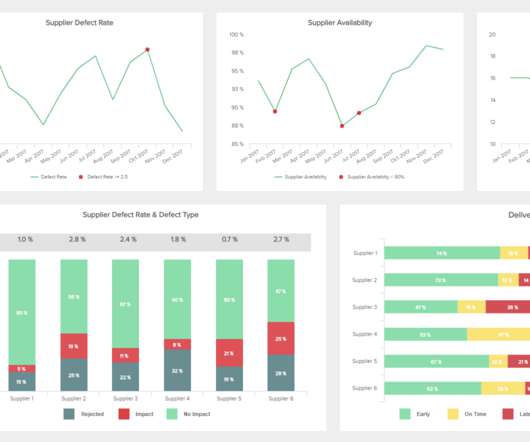Understanding BI Tools in Today’s Market
Smarten
NOVEMBER 26, 2023
Without business intelligence, the enterprise does not have an objective understanding of what works, what does not work, and how, when and where to make changes to adapt to the market, its customers and its competition. BI tools leverage analytics and reporting, help the enterprise manage data and user access and plan for the future.


















Let's personalize your content